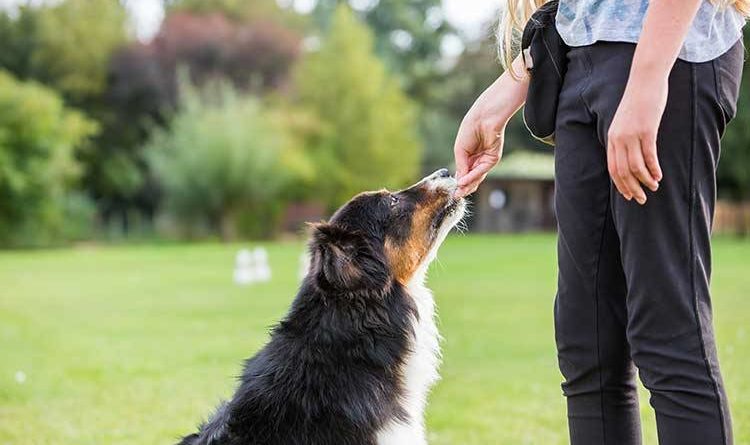The Benefits of Using Positive Reinforcement in Dog Training
What is Positive Reinforcement?
Positive reinforcement is a training technique that focuses on rewarding a dog for good behavior. This can be done using treats, praise, toys, or other rewards that your dog finds enjoyable.
By providing a reward immediately after the desired behavior is exhibited, your dog will learn to associate that behavior with the reward and will be more likely to repeat it in the future.
The Benefits of Using Positive Reinforcement
There are many benefits to using positive reinforcement in dog training, including:
- Improved behavior: By rewarding good behavior, your dog will learn what is expected of them and will be more likely to repeat those behaviors in the future.
- Stronger bond: Using positive reinforcement helps to build a strong bond between you and your dog. When your dog receives a reward, they will associate that reward with you and will be more likely to look to you for guidance and direction.
- Reduced stress: Positive reinforcement is a gentle and stress-free training method. Unlike punishment-based methods, which can cause anxiety and fear in dogs, positive reinforcement focuses on rewarding good behavior, which can help to reduce stress and improve your dog’s overall well-being.
- Fun: Training with positive reinforcement can be fun for both you and your dog. By using rewards that your dog enjoys, you can make training sessions enjoyable and rewarding for both of you.
How to Use Positive Reinforcement in Dog Training
Using positive reinforcement in dog training is easy and effective. Here are some tips for using positive reinforcement in your training sessions:
- Use rewards that your dog enjoys: Different dogs will have different motivators. Some may be food-motivated, while others may be toy-motivated. Find out what your dog responds to best and use it as a reward during training.
- Be consistent: Consistency is key when it comes to dog training. Use the same commands and rewards consistently so that your dog knows what to expect from you.
- Keep in mind that timing is important: The reward should be given immediately after the desired behavior is exhibited. This will help your dog to associate the behavior with the reward and will make them more likely to repeat it in the future.
- Keep it fun: Training should be enjoyable for both you and your dog. Don’t push your dog too hard and make sure to include plenty of breaks and rewards during training sessions.
By using positive reinforcement in dog training, you can improve your dog’s behavior, strengthen your bond, and make the training process enjoyable for both you and your furry friend.




